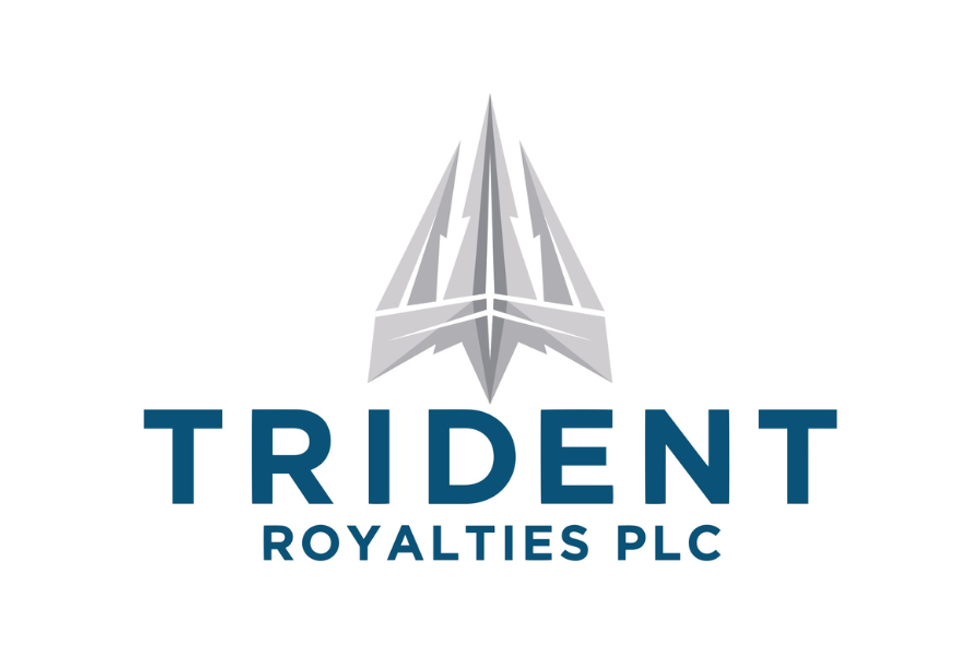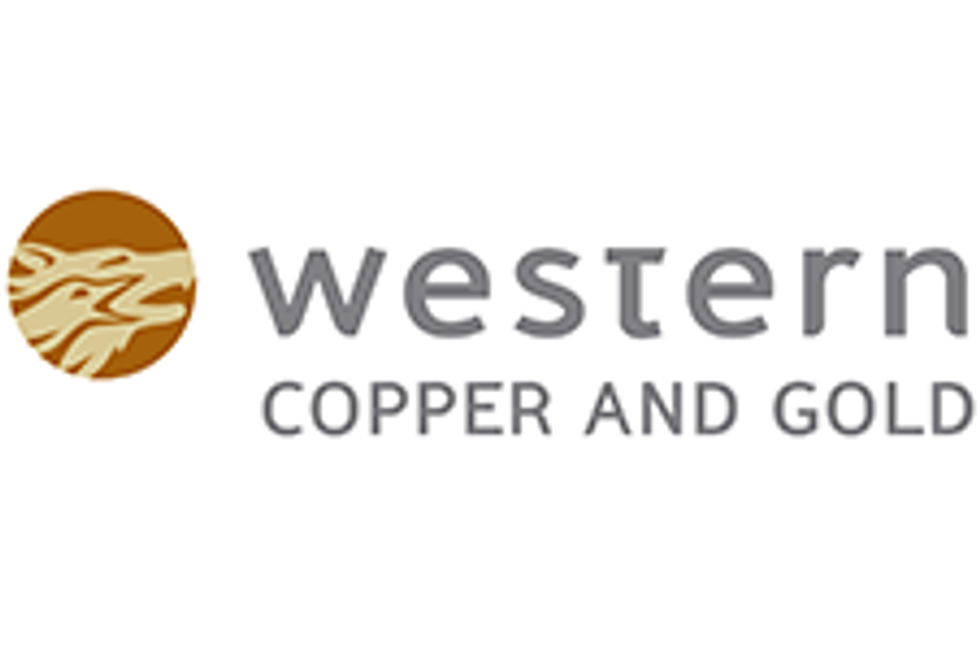- AustraliaNorth AmericaWorld
Investing News NetworkYour trusted source for investing success
- Lithium Outlook
- Oil and Gas Outlook
- Gold Outlook Report
- Uranium Outlook
- Rare Earths Outlook
- All Outlook Reports
- Top Generative AI Stocks
- Top EV Stocks
- Biggest AI Companies
- Biggest Blockchain Stocks
- Biggest Cryptocurrency-mining Stocks
- Biggest Cybersecurity Companies
- Biggest Robotics Companies
- Biggest Social Media Companies
- Biggest Technology ETFs
- Artificial Intellgience ETFs
- Robotics ETFs
- Canadian Cryptocurrency ETFs
- Artificial Intelligence Outlook
- EV Outlook
- Cleantech Outlook
- Crypto Outlook
- Tech Outlook
- All Market Outlook Reports
- Cannabis Weekly Round-Up
- Top Alzheimer's Treatment Stocks
- Top Biotech Stocks
- Top Plant-based Food Stocks
- Biggest Cannabis Stocks
- Biggest Pharma Stocks
- Longevity Stocks to Watch
- Psychedelics Stocks to Watch
- Top Cobalt Stocks
- Small Biotech ETFs to Watch
- Top Life Science ETFs
- Biggest Pharmaceutical ETFs
- Life Science Outlook
- Biotech Outlook
- Cannabis Outlook
- Pharma Outlook
- Psychedelics Outlook
- All Market Outlook Reports
Ivanhoe Mines Reports Higher Recoveries, Low Arsenic for Kamoa Project, DRC
Ivanhoe Mines (TSX:IVN) is often best known for its Platreef platinum and palladium project in South Africa, but it’s worth remembering that the company holds a 95 percent interest in one of the world’s largest copper discoveries as well.
On Monday, Ivanhoe announced results from recent metallurgical testwork at its Kamoa project in the Democratic Republic of Congo (DRC) which showed increased copper recoveries and potential for reduced up-front capital and operational costs.
The Kamoa project, ranked as the largest, high-grade copper discovery in Africa, and the largest undeveloped high-grade copper discovery in the world, had 43.5 billion pounds of contained copper in indicated resources and 9.8 billion pounds of contained copper in inferred resources as of January 2013. Ivanhoe also owns a majority interest in the historic zinc-copper-silver Kipushi mine in the DRC.
Improved recoveries, simpler process
Bench-scale metallurgical flotation test work was carried out on a composite sample from the Kansoko Sud and Kansoko Centrale areas of the Kamoa resource, and returned recoveries of 88.3 percent copper at a concentrate grade of 39 percent. That represents an improvement on the 85.9 percent life-of-mine average copper recovery that was previously published in a November 2013 preliminary economic assessment (PEA) for Kamoa.
Those results were especially important since they represent the first metallurgical testing conducted on the Kansoko Sud area of the resource. Ivanhoe plans to develop Kamoa using a two phased approach that would see a smaller-scale start-up operation pave the way for a larger mine and smelter, and Kansoko Sud was picked for the first phase of development at the project in the company’s latest PEA.
Ivanhoe Mines executive chairman Robert Friedland, was positive on the area’s potential, stating, “[t]his testwork further confirms the attractiveness of the high-grade Kansoko Sud area for initial mine development at Kamoa.”
In addition to improved concentrate recoveries, the company reported a simplification of its process for producing concentrate compared to its previous laboratory flowsheet. Ivanhoe expects to see reduced up-front capital costs as well as reduced risks and operational costs as a result.
He with the lowest arsenic wins
Also worth noting is that the latest metallurgical testwork produced concentrate with very low levels of arsenic – an important consideration for anyone running a copper smelter. Copper and arsenic are aften found together, but the latter can be a problem for copper smelters as arsenic containing byproducts usually need to be disposed of in accordance with strict environmental guidelines.
Smelters in China, the world’s largest consumer of the red metal, have set the limit at 0.5 percent for arsenic in copper concentrate, and miners such as Chile’s Codelco have gone to such lengths as buying clean, standard concentrate and blending it with “dirty” concentrate from their own mines to deal with high arsenic levels. Furthermore, the Financial Times suggests that the development of higher-arsenic deposits that were previously overlooked is a sign of declining ore grades, also noting the trouble that the contaminant creates for both miners and smelter owners.
However arsenic doesn’t look to be an issue for Ivanhoe’s Kamoa project. Arsenic levels in concentrate from Kamoa measured just 0.010 percent – less than a tenth of China’s limit, and the miner stated that concentrate from Kamoa “should attract a premium from concentrate traders.” Presumably, Ivanhoe could have other miners with high-arsenic concentrate vying for its wares as well.
What’s next?
Currently, Ivanhoe is conducting a pre-feasibility study for Kamoa based on plans for an initial three-million-tonne-per-annum mine and concentrator. It will also continue drilling the initial, high-grade development area in Kansoko Sud area over the remainder of 2014. To be sure, investors interested in the copper space will no doubt want to keep an eye out for further drill results from Kamoa this year, and for the eventual release of the pre-feasibility study for the project.
At close of day today, shares of Ivanhoe were up 0.85 percent trading at $1.19.
Securities Disclosure: I, Teresa Matich, hold no direct investment interest in any company mentioned in this article.
Related reading:
Outlook Reports
Featured Base Metals Investing Stocks
Browse Companies
MARKETS
COMMODITIES
| Commodities | |||
|---|---|---|---|
| Gold | 2318.22 | -5.47 | |
| Silver | 27.21 | -0.07 | |
| Copper | 4.49 | +0.03 | |
| Oil | 82.99 | -0.37 | |
| Heating Oil | 2.57 | -0.01 | |
| Natural Gas | 1.80 | -0.01 | |
Investing News Network websites or approved third-party tools use cookies. Please refer to the cookie policy for collected data, privacy and GDPR compliance. By continuing to browse the site, you agree to our use of cookies.






